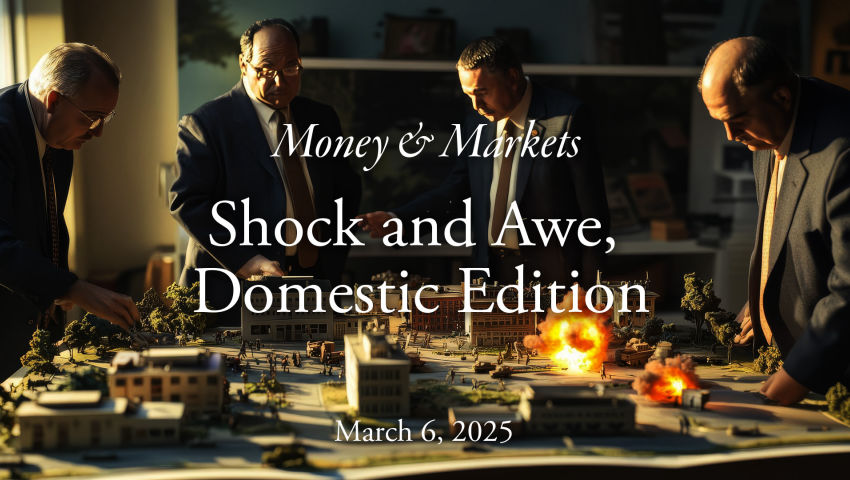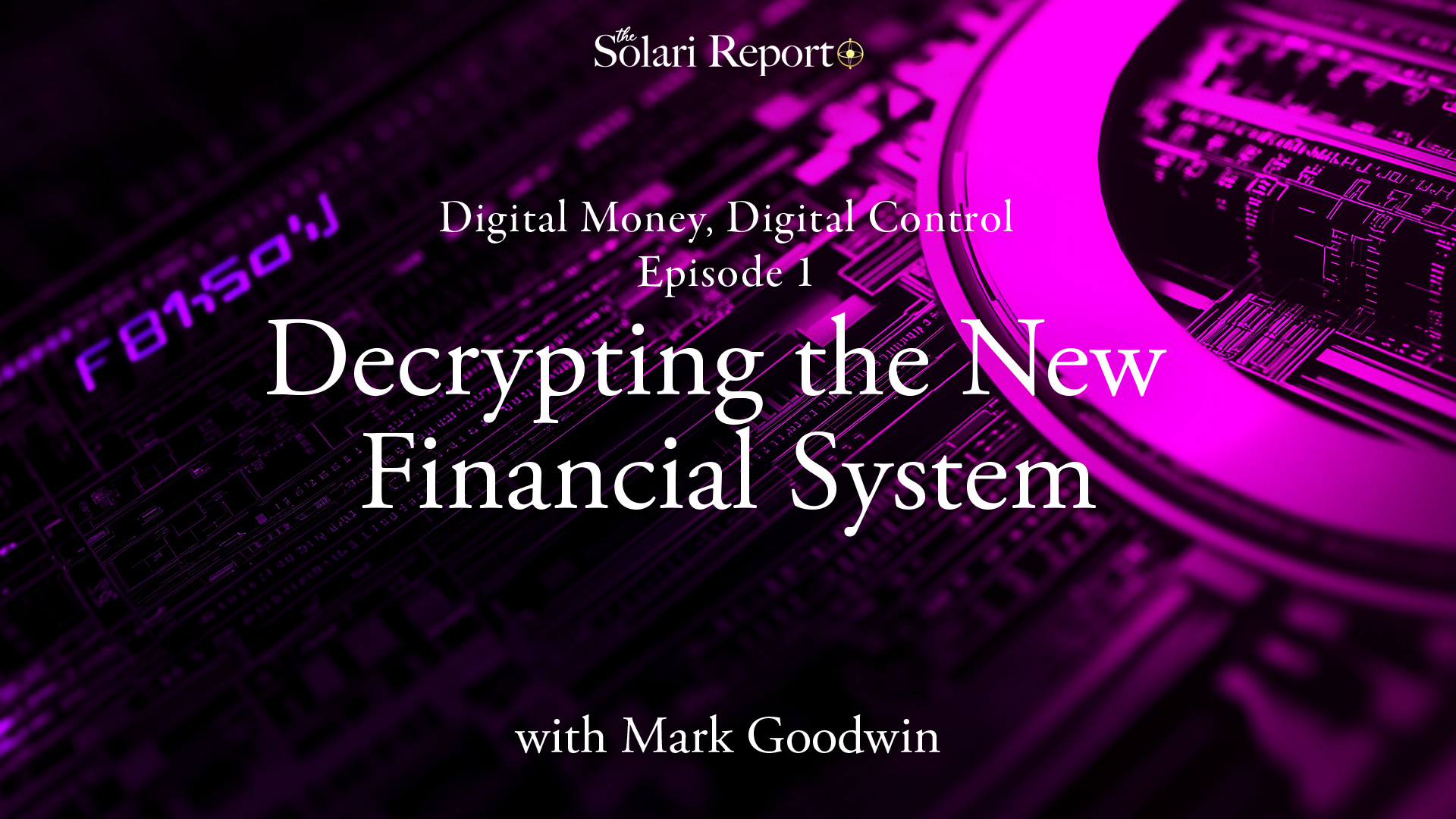Recently we published a review of independent media capital structures.
This analysis looked at shareholder structures that divided investors between voting and non-voting shares or otherwise organized shareholders to ensure controlling authority remained with defined set of founders and/or owners.
Such efforts to fine tune strategic controls separate from ownership economic interests in a capital structure is quite relevant to the issues of structuring private venture or even a venture capital fund or mutual fund in a community.
Most small business owners do not want to sacrifice control in exchange for capital. They would rather grow slowly by reinvesting retained earnings than have to deal with control issues presented by outside equity investors.
In addition, the risks inherent in sharing business information broadly in a community raises issues of the trade-off between privacy and transparency. It is one thing to have a serious disagreement with someone at the local PTA meeting. It is another to have them use their investment in your business to use their access to your financial information to cause harm.
When we explore the issues of circulating equity investment locally, the question of how to protect small business owners who have legitimate control issues and privacy issues arises. Exploring some of the capital structures commonly used by media businesses to ensure strategic governance control by a limited number of investors offers some useful ideas for those thinking about local venture capital structures.






Jeff:
If you look at the chart of media company capital structures, you will see that several controlling families, including the families that control E.W. Scripps, hold at least some of the family shares in voting trusts. In such a case, the initial depositors in the trust enter into an agreement that governs the voting of the shares, which is done by the trustee. The trustee votes the shares held in trust as a block. I recall in one case that the family member beneficiaries of the trust meet in advance of shareholders’ meetings to vote on how the trust shares would be voted as a block at the annual meeting. Some of these agreements can get very personal and specific.
What an incredibly important topic. Both this post and your recent review of ownership structures of independent media you link above are critical issues to the success of local venture capital. Both the formal venture capital market and the informal friends and family angels need to have access to solutions for these issues. Balancing the legitimate needs of investors for some degree of oversight to protect their investments with the legitimate need of owners/managers to retain sufficient control over both the day to day operations of the business as well as the long term strategic direction is a tight rope to walk, but vital.
I help run just such a business, and we do not have the A/B share split or any other mechanism to ensure the day to day decision making resides with those who spend time in the business every day. Our founders have been able to control the situation by force of personality and relying on the trust of their investors who are close associates or friends. This strategy has worked to date, however our original shareholders are beginning to age and the next generation will shortly begin to inherit shares. We have a very restrictive buy-sell agreement that enables the company to repurchase shares upon the death of original shareholders, thus freezing out folks who may not be desirable as shareholders. However, that tool is inflexible in a number of ways. In addition, in order to prevent the whole situation from becoming a “last man alive” gets the company, we’ve had to make gentlemen’s agreements that say “we’ll let your kids stay if you let ours stay.” We grapple with the potential problems we know we will face once far flung children who have fled the farming business for distant cities start to flex their voting muscle. Yet, if we don’t want to play genetic roulette and see who lives longest, we need to begin to find more formal solutions to this issue.
The A/B structure works great upon formation or upon additional capital raises, but does anyone have suggestions on mechanisms that might work for a firm that has no need or desire to issue new shares and has existing shares that will begin to dilute from the first to the second generation?
A comment in from a network member on foundation investing:
A foundation as a rule will give to other 501c3 organizations. If various restrictions are met they may, sometimes, give money directly to a person in need, or to a person who does good deeds. Generally, though, as a practical matter a foundation will only give to nonprofits.
The big exception is what are called program related investments. With these the foundation can invest corpus in a mission related for-profit and have it count as a grant. The IRS rules are here: http://www.irs.gov/charities/foundations/article/0,,id=137793,00.html. Mision related means the business does something that fits in with the foundation’s public purpose, like helping the community thrive.
A possible idea might be to ask a community foundation near Howenwald to attend. Ask them under what circumstances if any they would consider a program related investment in a business like those being discussed here. That would be a very interesting thing to hear. What is possible is one thing, but what is “do-able” in the real world? Is this a real open door,or just a theoretical possibility?
Getting a community foundation near you attend would be a big win. Here is a community foundation locator from Council on Foundations.
http://www.cof.org/locator/
please write me about you